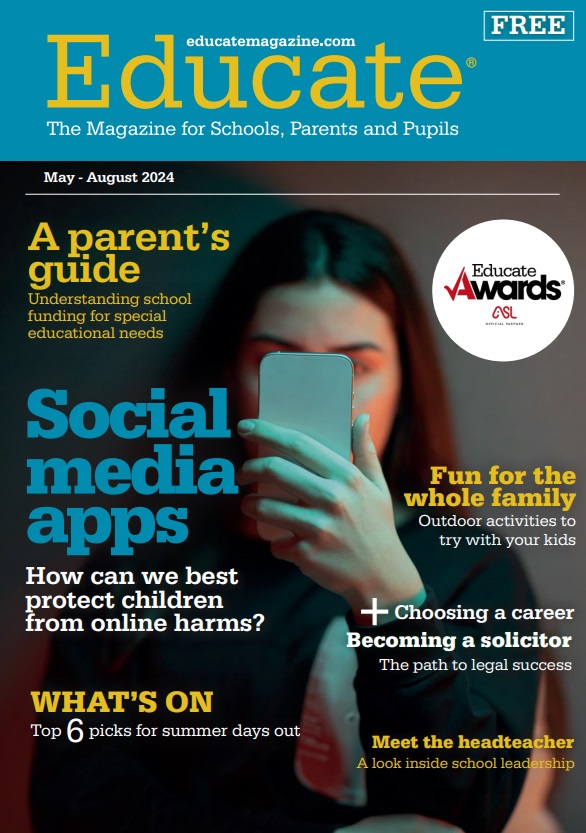How teachers can use their allocated budget to promote a love for reading

Reading is a cornerstone skill that not only boosts academic performance but also enriches personal and emotional wellbeing. As educators, teachers should instil a passion for reading in the young minds they teach. This article delves into various methods that educators can employ to cultivate a reading culture in their classrooms – as advised by Madeleine Lindley Ltd, experts in children’s literature.
The significance of fostering a reading culture
Children who are avid readers and enjoy the act of reading are more likely to excel academically. Reading is essential for mastering various subjects, such as enhancing understanding in areas like mathematics.
Immersing yourself in a book is a powerful tool for mental development. It stimulates imagination, enhances creativity, and sharpens problem-solving abilities. Literature allows children to navigate different viewpoints and feelings, thereby fostering empathy and self-awareness. As Anissa Trisdianty aptly put it: “Reading is dreaming with open eyes.”
Regular reading also refines language skills, including vocabulary, grammar and comprehension. Exposure to diverse words and sentence structures enhances children’s language capabilities.
Beyond the practical benefits, a love for reading positively impacts emotional and social growth. Books can be a source of solace and amusement, and they offer opportunities for discussions about themes and experiences.
Ultimately, reading can become a lifelong passion, opening endless doors for self-improvement and emotional development. Educators can nurture this enduring passion by encouraging reading from an early age.
Budget allocation is an important resource for educators
Teachers often have budgetary allocations for educational materials and activities. These funds can be used strategically to foster a love for reading. The ultimate goal is to assemble a captivating and diverse classroom library by adhering to the following criteria:
Diverse book collection
Invest in an array of books that cater to varied interests, reading capabilities and genres. Prioritise the acquisition of high-quality, compelling and age-appropriate literature that will ignite curiosity and encourage reading. A balanced selection should include graphic novels, factual texts and timeless classics.
Inclusion and diversity
A well-rounded library should feature books that represent diverse characters, cultures and viewpoints. This not only promotes inclusivity but also enables youngsters to relate to stories that mirror their own lives, and learn empathy through varied narratives. Make a deliberate choice to include works from authors of diverse backgrounds.
Design a welcoming reading space
Even with limited space, creating a cosy reading corner is feasible. The area should be well-organised, up-to-date and easily accessible, with a selection that caters to everyone’s preferences. Categorise the books by genre, author and type to facilitate easy selection.
Reading shouldn’t be solely for educational purposes. Encourage reading for the sheer joy of it, thereby fostering a lifelong love for literature.
Encourage reading for pleasure
Generate excitement by hosting book events, inviting local bookstores, publishers or authors to engage with the young readers. Such interactions can inspire them to explore more books and even consider a future in the literary world.
How to get the most value out of your school’s reading programmes
Ongoing professional development for educators
Allocate a portion of the budget for workshops or training days that focus on literacy promotion and effective reading techniques. This keeps teaching methods current and encourages a culture of reading across the school.
Community collaboration
Build relationships with local libraries and educational book suppliers for additional resources, and create reading programmes.
Parental involvement
Encourage family visits to local libraries, and allow parents and their children to select books from the school library. This strengthens the connection between the home and school environments and promotes reading outside the classroom.
Regular assessment of reading strategies
Continuously evaluate the effectiveness of your reading promotion tactics and make necessary adjustments.
Cultivating a love for reading is a crucial aspect of an educator’s role in shaping the future of their children. Through strategic budget allocation, event planning and community collaboration, teachers can instil a lifelong passion for reading.






